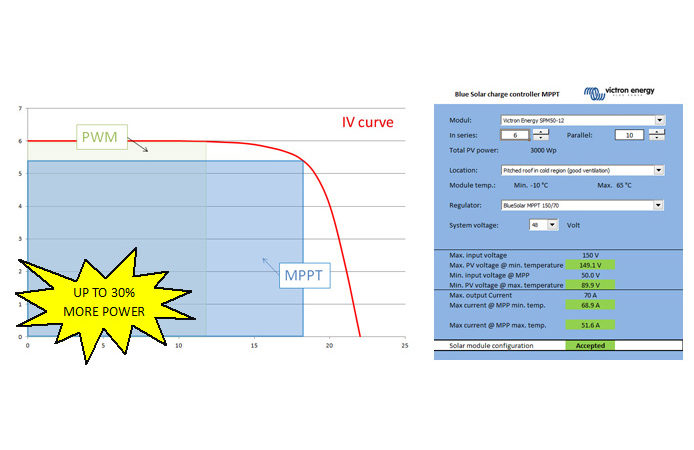PeteW
New Member
So, I'm just minding my own business trying to learn all I can about installing a decent solar system on our rig when along comes MPPT sizing and kicks my A**. Okay kidding aside, I can't seem to find understandable answers (for me) to this problem. Nate Yarbrough puts in a college try with his video about Sizing Solar Chargers. He even provides a calculator, but I'm still struggling. Primarily I do not understand how to arrive at or find the VOC temp coefficient and the Pmax temp coefficient (his calculator requires ) to arrive at the right size SCC for my (8) Rich Solar 100W noncrystalline solar panels. I know I need to factor in the coldest temps I expect to be using my panels in. Since I'm putting them on my travel trailer, I want to plan for the possibility of being in extremely cold weather even though I hope that never happens. If anyone can help me with these questions I'd be grateful. Not that it matters much to answer my above questions (I don't think), but I'm planning on building a 24V battery bank.





